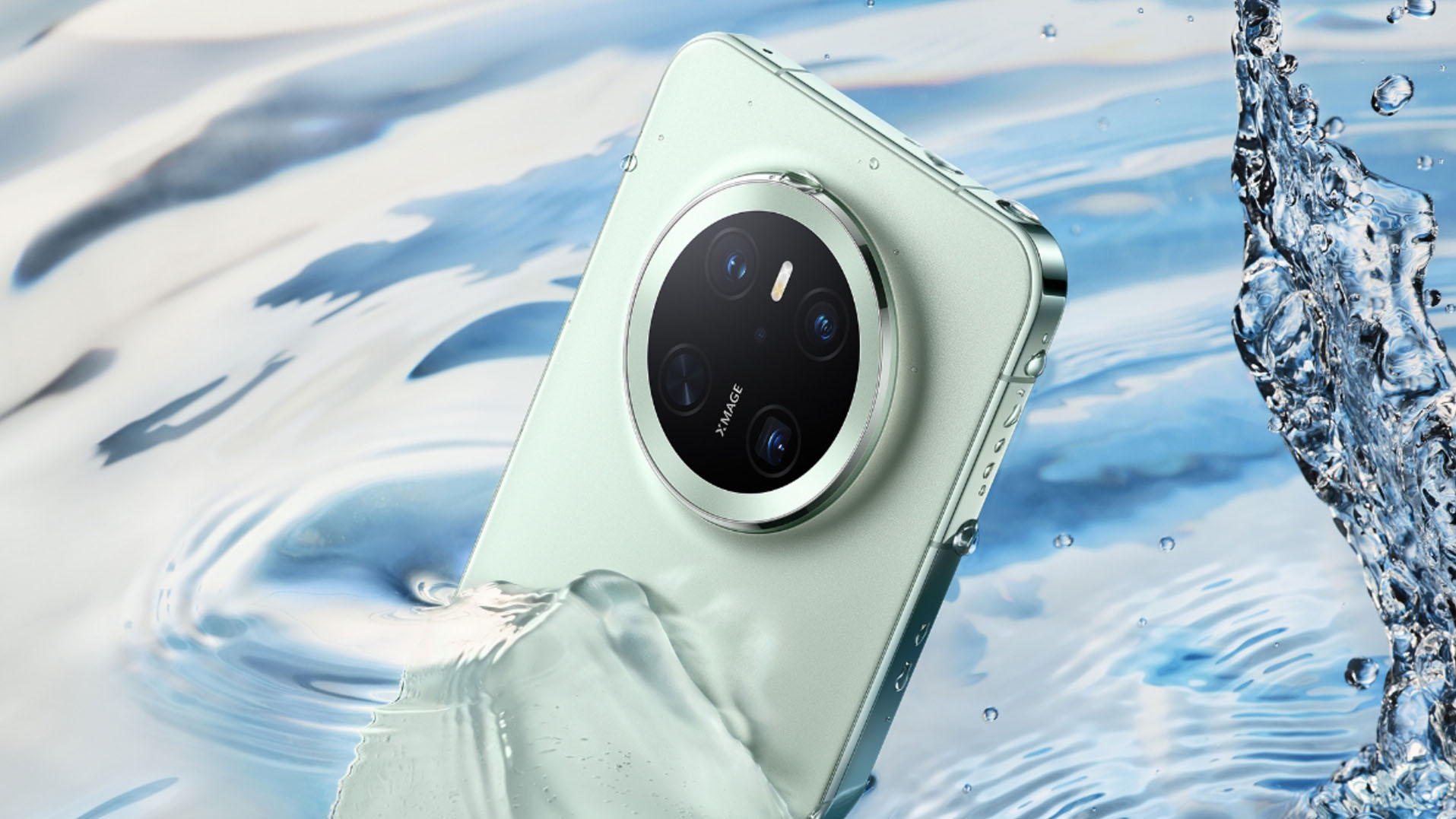Huawei finally ditching Android in favour of its own system
Huawei drops its last link to the past


Quick summary
Huawei has announced that its next phone will use HarmonyOS Next, marking the company's progression beyond Android.
Huawei has had restricted access to US technology products for the past five years and the new OS marks the beginning of a new chapter.
Huawei’s journey through the twists and turns of the smartphone world appears to have hit a new point, with the company moving on from Android completely. In what has been a thrill ride of a decade, there’s something final about the latest news from the Chinese brand.
Huawei really established itself with Huawei P30 Pro in 2019. Having been through the annual launch of a range of devices, it all seemed to come together in that model – the power, the build, the battery life and the camera performance were all noteworthy. It’s ironic, then, that US bans on Huawei landed in May 2019, just as the P30 Pro was getting started.
It was a certain President Trump who was in office at that point and it’s fitting that just as Trump prepares to return to the White House, Huawei is completing its final move away from US technology, leaving the open source Android it’s been using for the past few years behind.
Instead, according to details from Bloomberg, Huawei will use HarmonyOS Next to power devices. The company has spent a long time working with developers to enable access to apps outside of the Play Store to which it lost access, while also developing rival services to those that Google previously offered.
HarmonyOS Next is not compatible with Android apps, with Huawei spending the intervening years working with developers to establish its own app store.
The first phone that will get the HarmonyOS Next treatment is the Mate 70, its latest device unveiled on Tuesday. Like previous handsets, it’s likely to run on Kirin hardware, with Huawei unable to access the Qualcomm chips that it used to favour.
The Huawei Mate 70 is a significant phone for the company, signalling that Huawei isn’t dependent on US technology and that the bans don’t limit the company’s ability to launch a competitive smartphone. Huawei is eyeing Apple’s success in China, as it looks to compete with the iPhone and reassert itself as the premium device manufacturer of choice.
Get all the latest news, reviews, deals and buying guides on gorgeous tech, home and active products from the T3 experts
The Huawei Mate 70 is said to include a satellite paging system and will come in a number of different variants, including the Mate 70, Mate 70 Pro, Mate 70 Pro Plus and the Mate 70 RS. The base model starts with a 6.7-inch display with a multitude of cameras. The Mate 70 Pro boosts the camera experience, while the Pro Plus extends the camera even further.
The Huawei Mate 70 RS takes the top model and adds a premium titanium build on top, as well as a tweak in the design. Currently, the company’s plans to launch the Mate 70 globally are unknown, but we suspect that it will still have ambitions to offer its own non-Google alternative to a wider audience than just China.

Chris has been writing about consumer tech for over 15 years. Formerly the Editor-in-Chief of Pocket-lint, he's covered just about every product launched, witnessed the birth of Android, the evolution of 5G, and the drive towards electric cars. You name it and Chris has written about it, driven it or reviewed it. Now working as a freelance technology expert, Chris' experience sees him covering all aspects of smartphones, smart homes and anything else connected. Chris has been published in titles as diverse as Computer Active and Autocar, and regularly appears on BBC News, BBC Radio, Sky, Monocle and Times Radio. He was once even on The Apprentice... but we don't talk about that.